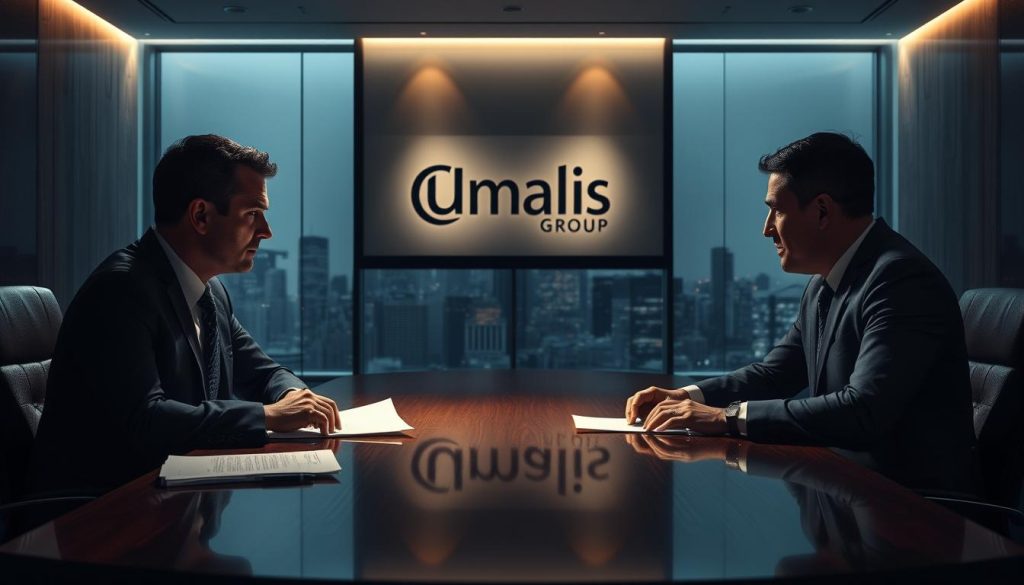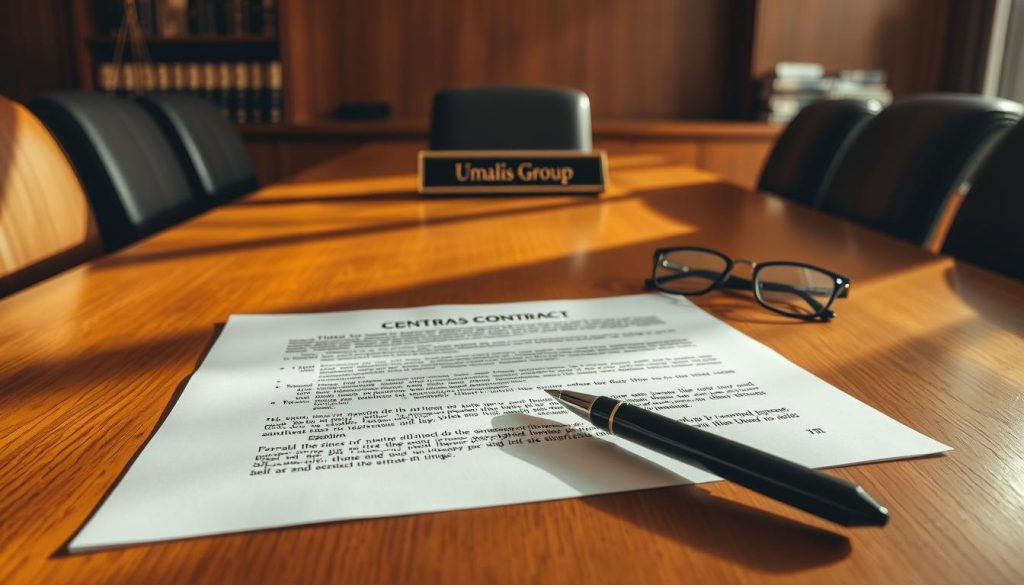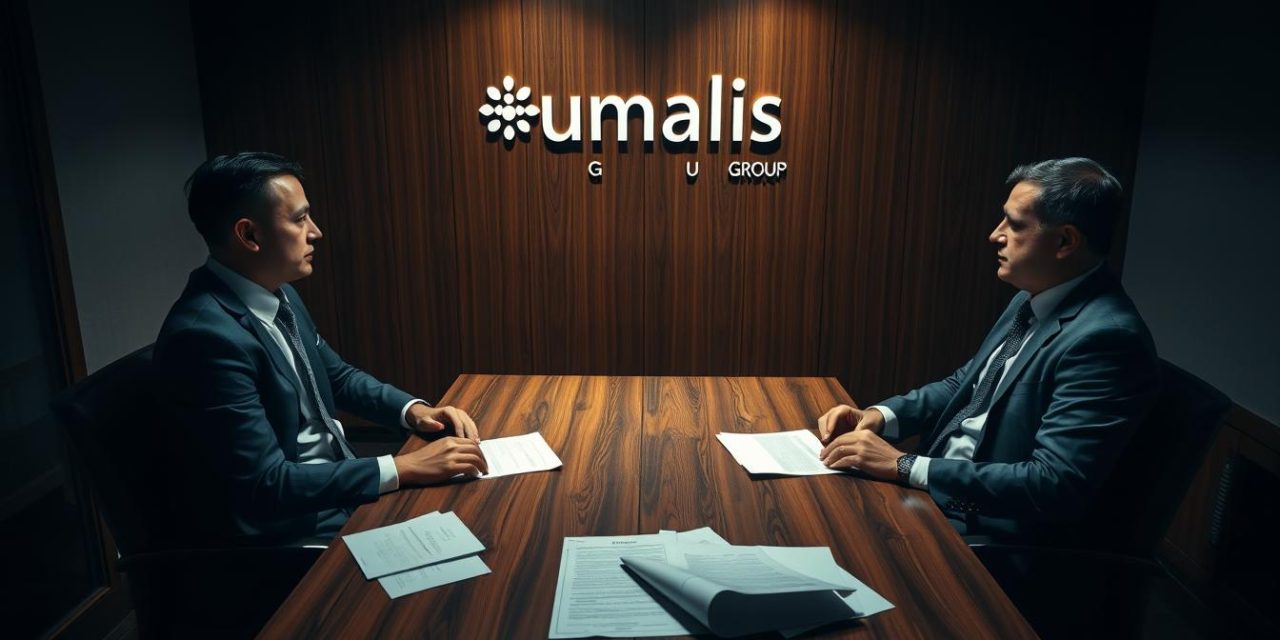Did you know 10% of business agreements collapse due to unresolved conflicts? According to World Commerce & Contracting, these breakdowns drain an average of 18% of annual revenue for small businesses while freezing growth opportunities. For independent professionals, one misstep in handling disagreements can jeopardize years of carefully nurtured partnerships.
Clashes over deliverables or payment terms aren’t just legal headaches—they’re career-defining moments. Many self-employed experts discover too late that even airtight agreements can falter under miscommunication or shifting priorities. The aftermath often includes strained cash flow, delayed projects, and reputational damage that lingers long after signatures dry.
What separates thriving professionals from those stuck in cyclical conflicts? Proactive strategies tailored to your unique business model. We’ll show how to transform potential disputes into opportunities for clearer collaboration, ensuring your independence remains financially viable and professionally respected.
Table of Contents
Key Takeaways
- 10% of professional agreements face significant conflicts impacting revenue and trust
- Unresolved issues often freeze operations for 3-6 months on average
- 72% of independent workers report strained client relationships after disputes
- Preventive communication reduces escalation risks by 68%
- Customized resolution plans protect both finances and professional reputation
Introduction to Contract Dispute Resolution
Navigating professional agreements requires more than clear terms—it demands foresight. Even well-crafted arrangements can unravel when collaborators interpret obligations differently. A disagreement emerges when parties clash over deliverables, timelines, or payment structures, creating friction that strains partnerships.
Overview of Dispute Scenarios
Collaborations often face challenges when expectations diverge. One party might believe services were fully rendered, while another claims incomplete work. Payment delays, scope creep, or vague terminology in written agreements frequently spark tensions. These situations aren’t limited to corporate entities—freelancers, consultants, and small agencies encounter them daily.
Consider a graphic designer whose client rejects deliverables based on subjective feedback. Or a consultant facing delayed payments despite meeting milestones. Such scenarios highlight why understanding potential friction points matters for every independent worker.
Significance for Independent Professionals
Solo practitioners operate without legal departments or deep financial reserves. Prolonged disagreements can drain resources rapidly—73% of self-employed experts report project delays lasting over two months during conflicts. Cash flow interruptions compound stress, while unresolved issues may tarnish hard-earned reputations.
We’ve seen how early intervention preserves business relationships and prevents minor misunderstandings from escalating. By identifying red flags during negotiations, you position yourself to address concerns before they become crises. This proactive approach safeguards both income streams and professional credibility.
Understanding Contract Disputes

Even ironclad agreements can develop cracks when expectations collide with reality. Independent professionals often face friction points that stem from mismatched priorities or unclear obligations. Recognizing these triggers early helps maintain collaborative momentum while protecting your interests.
Common Causes of Disputes
Collaborative breakdowns frequently originate from four core issues:
- Unmet obligations: Missed deadlines or incomplete deliverables create immediate tension between parties
- Information gaps: Inaccurate project details or hidden costs distort initial agreements
- Power imbalances: Unequal negotiation leverage often produces lopsided terms
- Vague language: Ambiguous phrases like « reasonable efforts » invite conflicting interpretations
Potential Impact on Business Relationships
When disagreements escalate, 68% of independent workers report damaged trust with clients. Communication channels freeze, delaying current projects and jeopardizing future collaborations. Long-term partnerships dissolve over issues that could’ve been resolved with clearer documentation.
One marketing consultant shared: « A single payment delay snowballed into six months of strained interactions. We recovered financially, but the professional rapport never fully healed. » Proactive clarification of terms preserves both income streams and reputational equity.
Key Elements of Contract Dispute Resolution Clauses

Your professional agreements deserve more than last-minute fine print. Often called « midnight clauses, » these provisions frequently get rushed during final negotiations despite their critical role in safeguarding partnerships. A well-crafted resolution framework acts as both shield and compass during turbulent moments.
Essential Contract Terms
Every effective clause contains four pillars:
- Method specificity: Define whether disagreements trigger mediation, arbitration, or other processes
- Geographic parameters: Establish physical or virtual locations for proceedings
- Timeline requirements: Set response deadlines to prevent indefinite stalemates
- Cost allocation: Clarify who bears expenses for third-party facilitators
| Resolution Method | Key Features | Best For |
|---|---|---|
| Negotiation | Direct party discussions | Minor misunderstandings |
| Mediation | Neutral facilitator | Preserving relationships |
| Arbitration | Binding decision | Complex technical issues |
| Litigation | Court intervention | High-stakes conflicts |
Customization for Future Disputes
Tailor your clauses like bespoke suits—one size never fits all. A consultant working globally might require multi-language arbitration panels, while local freelancers could prioritize same-city mediation venues. « The strongest agreements anticipate tomorrow’s challenges while solving today’s needs, » notes legal strategist Marie Dubois.
Consider these adaptation strategies:
- Layer escalation steps (e.g., negotiation before mediation)
- Adjust timelines based on project complexity
- Specify expert qualifications for third-party reviewers
Preparing to Resolve a Contract Dispute
Effective preparation transforms potential conflicts into opportunities for clarification. Independent professionals who systematically organize their approach often resolve issues faster while preserving valuable partnerships. Let’s explore structured methods to strengthen your position before discussions begin.
Contract Review Best Practices
Begin by examining your agreement with fresh eyes. Focus on three critical areas:
| Review Phase | Key Actions | Strategic Value |
|---|---|---|
| Clause Analysis | Highlight obligations, deadlines, and penalties | Identifies enforceable terms |
| Root Cause Identification | Compare actions against written commitments | Clarifies responsibility areas |
| Legal Consultation | Assess interpretation validity | Reveals negotiation leverage points |
One consultant shared: « Revisiting our payment terms with legal counsel revealed overlooked protections that accelerated resolution. » This proactive approach prevents misinterpretations from derailing progress.
Document Collection Strategies
Organize evidence systematically to support your position. Essential materials include:
- Dated communications showing agreement evolution
- Approved project deliverables with client sign-offs
- Payment records highlighting fulfilled obligations
Digital tools like cloud storage or project management platforms help maintain chronological order. Early documentation preserves crucial details that memory might blur over time. As one freelancer noted: « My timestamped email archive resolved a two-month payment delay in 48 hours. »
These preparation steps demonstrate professionalism while creating clear pathways to solutions. When you approach disagreements with organized clarity, you maintain control over outcomes.
Effective Negotiation as a Resolution Method
Collaborative discussions often determine whether partnerships strengthen or fracture under pressure. For independent professionals, mastering this skill transforms tense situations into opportunities for alignment. Unlike formal proceedings, negotiation lets parties craft solutions that address core needs while preserving working relationships.
Steps for Successful Negotiation
Preparation forms your foundation. Start by analyzing both sides’ priorities through documents and past communications. One consultant notes: « Mapping each party’s must-haves versus nice-to-haves revealed unexpected common ground. »
During discussions:
- Practice active listening to uncover hidden interests
- Present facts neutrally using timelines or deliverables
- Propose multiple options to encourage flexibility
Maintaining Professional Communication
Keep exchanges solution-focused. A freelancer shared: « Reframing ‘you didn’t pay’ as ‘let’s align on payment milestones’ changed the conversation. » Regular check-ins prevent misunderstandings from festering.
Essential techniques include:
- Summarizing key points to confirm mutual understanding
- Avoiding blame language that triggers defensiveness
- Setting clear follow-up actions with deadlines
This approach maintains momentum even during stalemates. By prioritizing shared interests over rigid positions, you create pathways for agreements that serve all parties involved.
Exploring Mediation for Resolving Contract Disputes
When collaboration hits roadblocks, mediation offers a bridge where legal battles build walls. This collaborative approach brings together differing perspectives through structured dialogue. A skilled neutral third party guides conversations toward common ground without imposing decisions.
Mediator’s Role in Disputes
Mediators serve as navigators for tense discussions. Their responsibilities include:
- Creating safe spaces for parties to voice concerns
- Uncovering hidden priorities beneath surface-level positions
- Drafting solution frameworks that address core needs
One international mediator notes: « Our role isn’t to judge, but to illuminate paths forward that paperwork alone can’t reveal. »
When to Choose Mediation
This method shines in scenarios where relationships matter more than rulings. Key advantages include:
- 67% lower costs compared to courtroom processes
- Resolutions achieved 3x faster than litigation
- Complete confidentiality for sensitive matters
Recent trends show 82% of cross-border business disagreements now begin with mediation attempts. Professionals value maintaining control while accessing expert-guided compromise.
Using Arbitration as an Alternative Dispute Resolution
Global collaborations demand solutions that transcend borders while preserving professional relationships. Arbitration provides structured frameworks for resolving conflicts through binding decisions, particularly valuable when parties operate across multiple jurisdictions. This method balances legal rigor with procedural flexibility.
Arbitration Process Explained
The journey begins with an arbitration agreement—either embedded in original contracts or created post-conflict. Parties then select a qualified arbitrator through mutual agreement or institutional lists. Preliminary hearings establish timelines and evidence rules, mirroring courtroom efficiency without rigid formalities.
During proceedings, both sides present documented claims and counterarguments. Unlike traditional litigation, these exchanges often occur virtually, saving time and resources. The arbitrator reviews materials before issuing a final award enforceable under international treaties like the New York Convention.
Advantages Over Litigation
Arbitration shines in cross-border scenarios through neutral third-party oversight, eliminating home-court advantages. Proceedings remain confidential, protecting sensitive business information. Specialized arbitrators with industry-specific knowledge often deliver more nuanced decisions than generalist judges.
France’s adoption of the New York Convention ensures awards hold weight across 170+ countries. This global enforceability makes arbitration particularly effective for professionals managing international partnerships. Flexible scheduling and tailored procedures further reduce operational disruptions compared to lengthy court battles.
FAQ
What typically triggers disagreements in professional agreements?
Misaligned expectations, unclear deliverables, payment delays, or scope changes often create friction. Thoroughly defining timelines, responsibilities, and financial terms upfront reduces risks.
How can unresolved issues affect client partnerships?
Prolonged conflicts erode trust and may damage reputations. Addressing concerns promptly through structured methods like mediation preserves working relationships while protecting interests.
Why include specific terms about resolving disagreements in agreements?
Custom clauses outline steps like mandatory negotiation periods or preferred arbitration venues. This creates predictability, saves time, and avoids costly courtroom battles.
What evidence strengthens your position during disagreements?
Maintain organized records: signed agreements, email chains, invoices, and project timelines. These documents clarify obligations and provide objective support during discussions.
When should independent professionals consider mediation?
Choose this option when preserving the relationship matters, but direct talks stall. A trained neutral third party helps reframe issues without imposing binding decisions.
How does arbitration differ from traditional lawsuits?
It’s faster, private, and often less expensive than litigation. Parties select an arbitrator who reviews evidence and makes a final decision, avoiding public court proceedings.
Can negotiation tactics influence outcomes without formal processes?
Yes. Active listening, focusing on mutual gains, and proposing creative solutions often resolve issues early. Document all agreed changes to prevent future misunderstandings.





